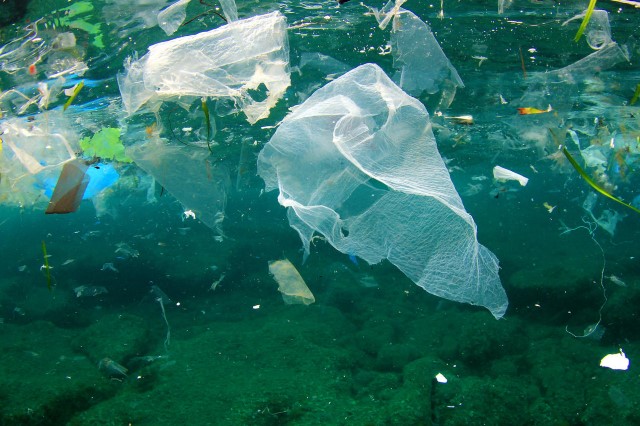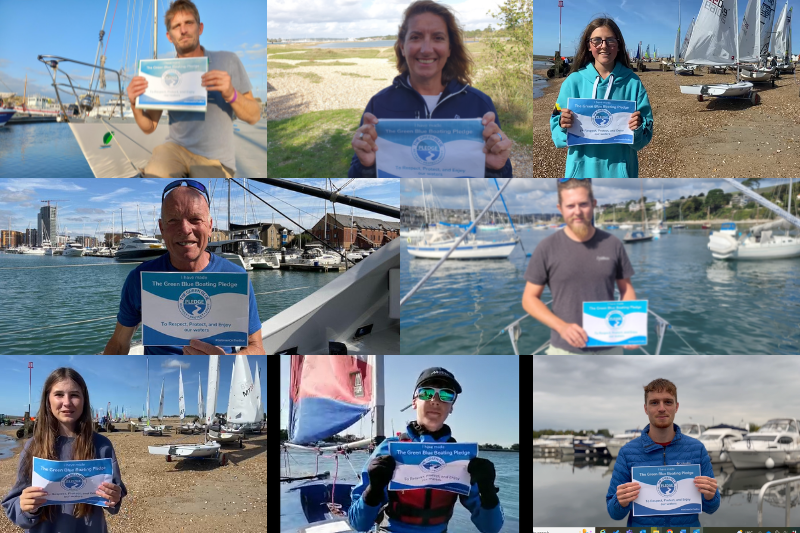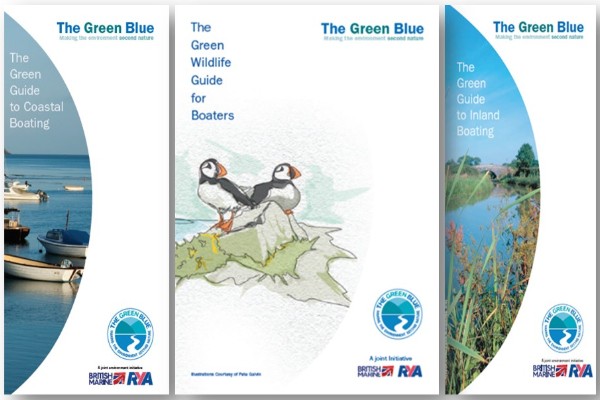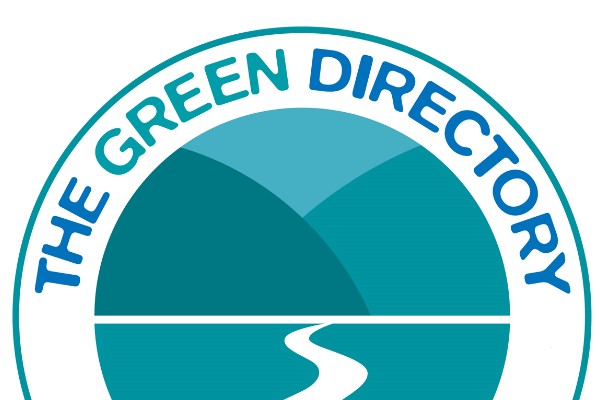Electric Boating
The Future of Boating
The future of most propulsion systems will likely be electric. International, national and sector policies all point towards a zero carbon future and, regardless of the energy source, electric is the obvious choice for the future of boating. It is:
- Quiet
- Reliable
- Responsive, particularly when manoeuvring at low speed
- Flexible in terms of energy source
The main players in the UK market for complete systems are Oceanvolt, Torqeedo and ePropulsion. 1-6kW electric outboards are readily available, and ideal for small dinghies and yacht tenders. Differing options exist for inboards, with both shaft drive and pod drives depending on the application.

Energy Storage
How the energy will be supplied is the key issue. Most systems currently available use battery technology, usually lithium ion although lead acid options do work fine. The latter are cheaper per kWh installed, but the usable capacity is around 50% of that of lithium, and the number of usable charge-discharge cycles significantly less, so be careful when making comparisons. Hydrogen fuel cells are in development, but are not commercially viable yet. Hydrogen will likely become the fuel of choice for long range powered craft.
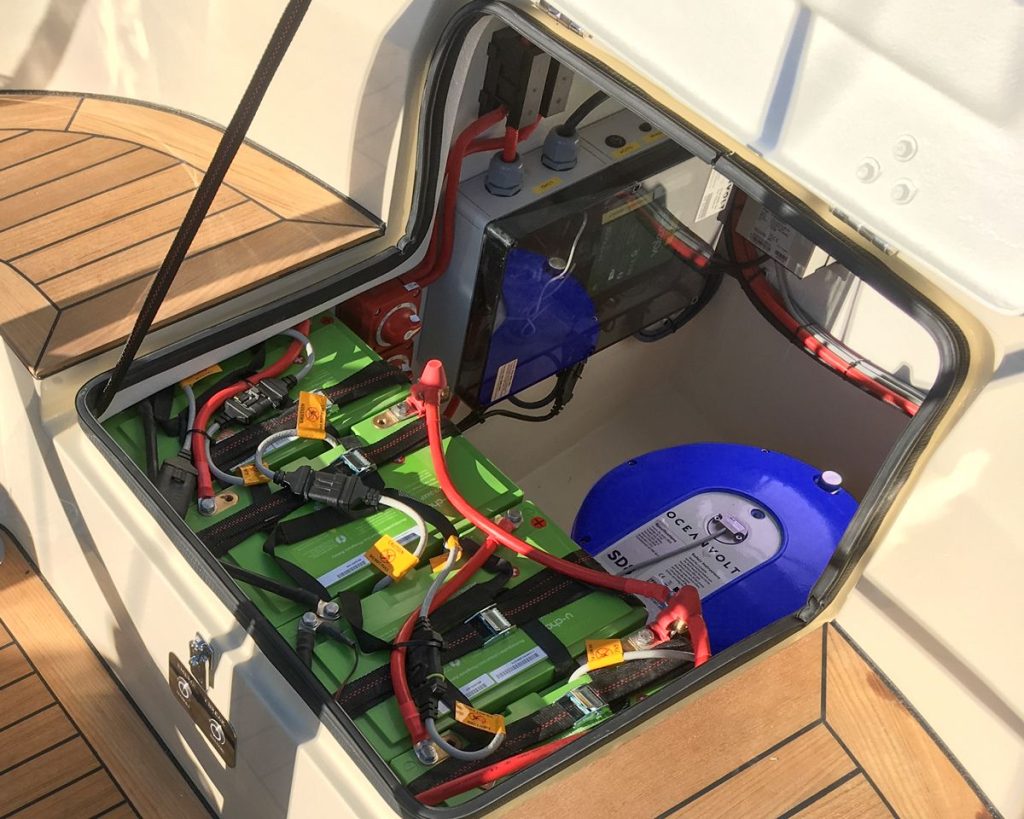
What to Consider
Key to a successful electric conversion is understanding your “duty cycle”, i.e. the way that you currently use your propulsion system, both from power (how fast and how heavy) and energy (for how long) perspectives. Remember that pushing a displacement boat along at hull speed uses significantly more power AND energy than going 1-2 knots slower.
Online you can find plenty of advice on DIY options, including cheap sources of lithium ion batteries. However, safety is critical and you need to be sure that:
- The battery management system (BMS) is up to the job. This protects the batteries from overheating
- Cooling in your situation is adequate (both the electric motor and the control systems)
- Warranties are in place, i.e. build quality is guaranteed
- Your insurers are content with your installation
So, please don’t go buying cheap products from unknown manufacturers. If they seem to be amazing value, beware!
Standards exist both for electric propulsion and lithium ion batteries in marine applications. Ideally, your installer should confirm that installation is to those standards (ISO 16315 for electric propulsion and ISO Tech Standard 23625 for the batteries).
Useful Links
- Green Blue Business Directory – Lists electric inboard & outboard motors from various suppliers
- Electric Boating Association
- Plugboats – an online resource with the latest information on suppliers and projects
- North Devon Marine Project – demonstration projects on older sailing vessels, offering consultancy and research
- Inland Waterways Association – electric boating on inland waterways


